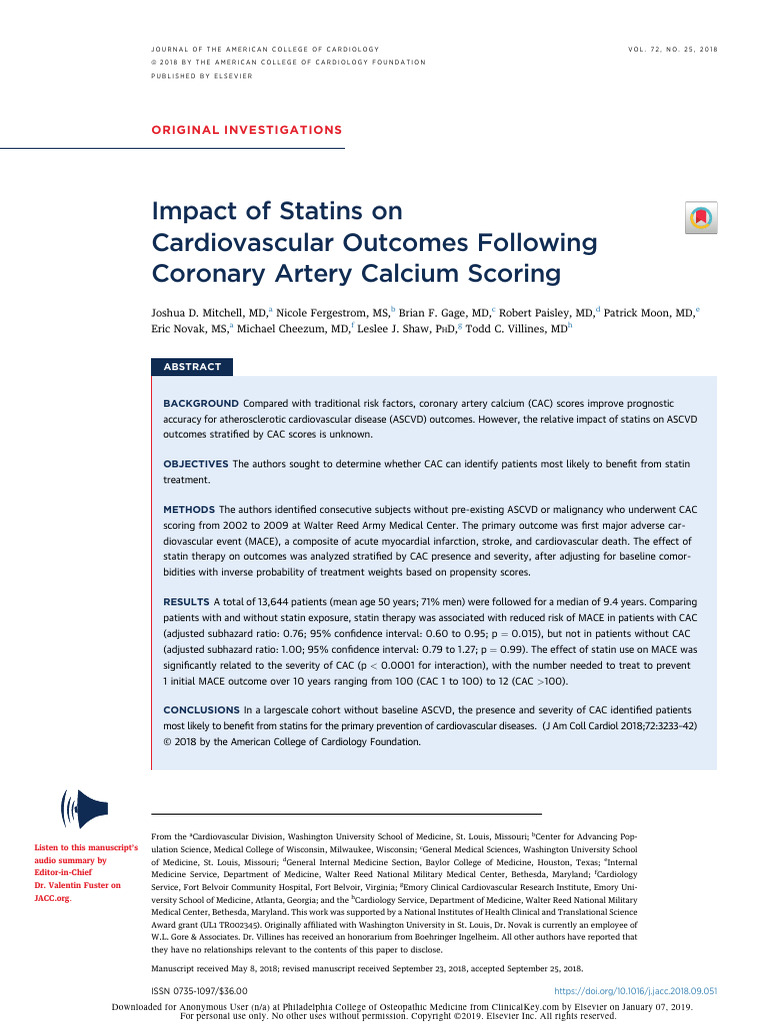Tooth Pain Leading To Headache

Tooth pain, although localized to the mouth, can radiate and cause discomfort in other areas of the face, including the head, leading to headaches. This phenomenon is more common than one might think, and understanding the connection between tooth pain and headaches is crucial for effective management and treatment.
Causes of Tooth Pain
Tooth pain, or odontalgia, can be caused by a variety of factors, including dental caries (cavities), gum disease, tooth fracture, or infection. When a tooth is damaged or infected, the pulp—the soft tissue inside the tooth containing nerves and blood vessels—can become inflamed or infected, leading to pain. This pain is usually localized to the tooth itself but can spread to surrounding areas due to the complex network of nerves in the face.
Connection Between Tooth Pain and Headaches
The connection between tooth pain and headaches is primarily due to the trigeminal nerve, which is one of the most significant nerves in the face. The trigeminal nerve has three main branches: the ophthalmic, maxillary, and mandibular. The maxillary and mandibular branches are particularly relevant when discussing tooth pain, as they provide sensory innervation to the upper and lower teeth, respectively. When these branches are stimulated due to tooth pain, they can refer pain to other areas of the face, including the head, leading to headaches.
Types of Headaches Associated with Tooth Pain
There are several types of headaches that can be associated with tooth pain, including:
- Tension Headaches: These are the most common type of headache and can be triggered by tension in the muscles of the face and neck, which can be exacerbated by tooth pain.
- Migraines: While migraines are often related to neurological factors, they can be triggered by dental issues, including tooth pain, due to the shared nerve pathways.
- Cluster Headaches: These are severe headaches that occur in cycles or clusters and can be related to dental pain, though the exact mechanism is not fully understood.
Diagnosis and Treatment
Diagnosing the cause of headaches related to tooth pain involves a thorough dental examination, including X-rays and possibly other imaging techniques to identify any dental issues. Treatment of the underlying dental cause is crucial to alleviating both the tooth pain and the associated headaches. This can involve fillings for cavities, root canal therapy for infected teeth, or treatment for gum disease.
In addition to addressing the dental issue, managing headaches may involve over-the-counter pain relievers, such as ibuprofen or acetaminophen, for immediate relief. In some cases, prescription medications or further interventions may be necessary.
Prevention
Preventing tooth pain and associated headaches involves good oral hygiene practices, including regular brushing and flossing, and routine dental check-ups to catch and treat dental problems early. Avoiding sugary and acidic foods and beverages, which can contribute to tooth decay and erosion, is also important. Finally, addressing any grinding or clenching habits, which can lead to tooth wear and pain, through the use of a mouthguard or other interventions, can help prevent both tooth pain and headaches.
Conclusion
The relationship between tooth pain and headaches is complex and influenced by the anatomy of the face and the interconnectedness of nerve pathways. Understanding this relationship can lead to more effective diagnosis and treatment of both conditions, offering relief to those who suffer from these often debilitating symptoms.
Can tooth pain cause migraines?
+Yes, tooth pain can trigger migraines in some individuals due to the shared nerve pathways in the face. The trigeminal nerve plays a significant role in this connection, as stimulation of its branches can lead to the referral of pain to other areas, including those associated with migraine headaches.
How can I prevent tooth pain from leading to headaches?
+Preventing tooth pain from leading to headaches involves maintaining good oral hygiene, including regular brushing and flossing, and attending routine dental check-ups. Additionally, avoiding habits that can lead to tooth wear or strain, such as grinding or clenching, and limiting sugary and acidic foods can help prevent tooth pain and associated headaches.
What is the best way to treat headaches caused by tooth pain?
+Treating headaches caused by tooth pain first involves addressing the underlying dental issue. This can include dental procedures such as fillings, root canals, or treatment for gum disease. For immediate relief from headache pain, over-the-counter pain relievers may be used. However, it's crucial to consult with both a dentist and a healthcare provider to ensure comprehensive treatment of both the tooth pain and the headaches.
In conclusion, while tooth pain and headaches may seem like unrelated issues, they can be intimately connected due to the complex nerve network in the face. Understanding this connection and seeking appropriate dental and medical care can provide relief from both conditions, improving overall quality of life. By prioritizing oral health and addressing any dental issues promptly, individuals can reduce their risk of experiencing headaches related to tooth pain, leading to better health and well-being.


